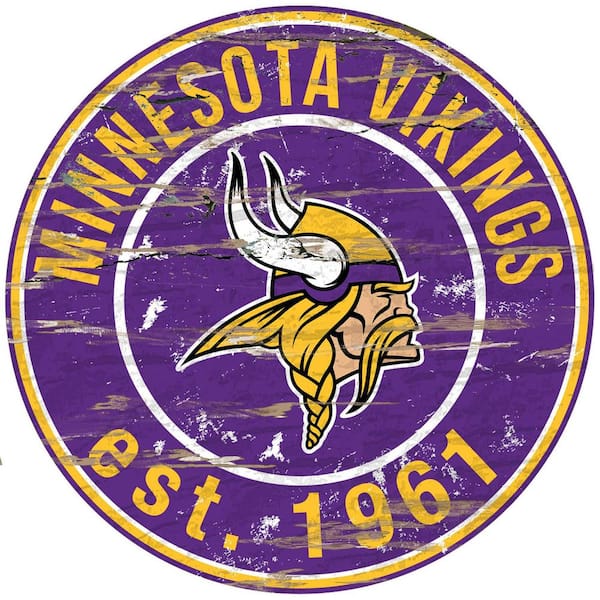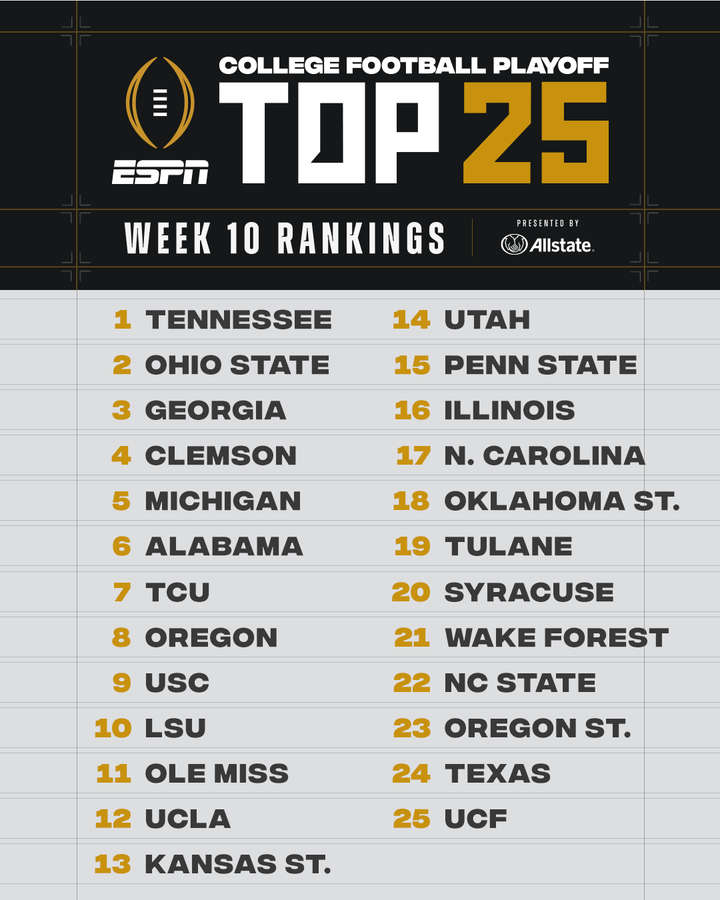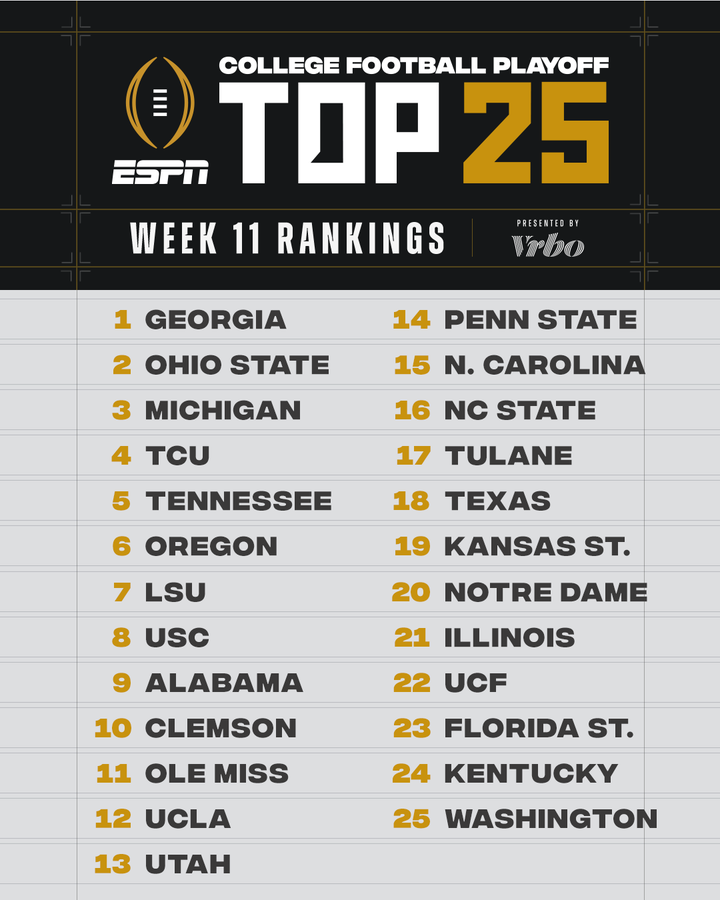Post by Funkytown on Aug 9, 2022 7:49:45 GMT -6
Love these from you, Uncle. You make me want to get into CFB more!
I just saw this article, and it surprised me a bit. And disappointed me. Your thoughts on this?
Big Ten’s northwest triangle of hate: ‘All that stuff is real, man’ by Scott Dochterman
Link:
theathletic.com/3461431/2022/08/01/big-ten-iowa-wisconsin-minnesota/?source=emp_shared_article
If true, Hawkeyes fans are going to be LIVID!!!
I just saw this article, and it surprised me a bit. And disappointed me. Your thoughts on this?
Big Ten’s northwest triangle of hate: ‘All that stuff is real, man’ by Scott Dochterman
From a basement in central Iowa two days after Thanksgiving, Iowa cornerback Riley Moss and several of his teammates and family members sat around a bar and watched Minnesota and Wisconsin battle for Paul Bunyan’s Axe.
There was more at stake that day than just an iconic traveling trophy. Thanks to Iowa’s come-from-behind win against Nebraska on Black Friday, a Gophers victory would send Iowa to Indianapolis. A Gophers loss would earn Wisconsin a trip to the Big Ten championship.
Usually in the Big Ten’s northwest triangle of hate, rooting interests start and end with hoping the other two teams perform well in bowl action for conference pride. This time, Iowa players and fans had no qualms in cheering for their most-played rival. Moss and his father, Mark, rowed the boat after the Gophers stunned the Badgers 23-13. The Big Ten’s Defensive Back of the Year, who has intercepted Minnesota quarterbacks four times in his career, then heaped praise upon Gophers head coach P.J. Fleck and receiver Chris Autman-Bell on Twitter.
For the Gophers, it served as an odd juxtaposition. Their two biggest rivals are Wisconsin and Iowa. No major-college teams have played as often as Minnesota-Wisconsin with 131 meetings. The Gophers and Hawkeyes have met 115 times and have perhaps more contentious moments than any other two Big Ten programs. Had Nebraska held on to upset Iowa, the Axe winner would have qualified for the Big Ten title game. Instead, by toppling one rival, the Gophers provided unbridled joy for the other.
“We knew,” said Minnesota cornerback Tyler Nubin, who watched the Iowa-Nebraska game from the team hotel. “All we were focused on was getting the Axe. We knew the Big Ten championship wasn’t in sight anymore.”
Minnesota and Wisconsin first met on a football field in 1890. The Gophers and Hawkeyes opened their series the next year, while Iowa-Wisconsin squared off for the first time in 1894. Minnesota and Wisconsin became Big Ten Conference charter members in 1896, while Iowa followed in 1899. Their collective history first as combined territories, then as Upper Midwest states, coupled with agricultural, mostly German heritage and border waterways connect the trio in an inseparable way. Those shared ecosystems have led to three of college football’s most intense — and perhaps undervalued — rivalries.
“This is part of college football, man,” Nubin said. “They don’t like us. We don’t like them, and it’s how it’s gonna be.”
“It’s fun to have those games,” said Wisconsin quarterback Graham Mertz, whose father, Ron, was a Minnesota letterman in 1989-90. “Obviously, you love the tradition of them.”
Future in peril?
As the Big Ten decides how it will apply future scheduling with the addition of USC and UCLA, there’s a chance one of these rivalries will cycle off the annual schedule. It’s likely that Minnesota-Wisconsin is safe and probably Minnesota-Iowa. The one in danger is Iowa-Wisconsin, which always finds itself battling for annual relevance amid Big Ten expansions.
The Hawkeyes and Badgers, whose campuses are separated by 175 miles, have played 95 times. They are the most successful West Division programs during the past two decades. The Badgers join Ohio State as the only Big Ten schools with 200 wins since 2000, and Wisconsin ranks second in league wins during that span. Iowa sits fifth in overall wins and fourth in Big Ten victories. The Badgers and Hawkeyes occupy the same league positions (Iowa is fifth in Big Ten wins) since Nebraska joined the league in 2011. Since the geographic split in 2014, Wisconsin and Iowa are second and third, respectively, in Big Ten and overall victories. Each program has five top-10 finishes since 2000.
Both programs are built with similar principles and place a premium on line-of-scrimmage play, powerful running games and high-level defense. It doesn’t always lead to eye-pleasing offensive football, but it does generate success. And since Kirk Ferentz became Iowa’s head coach in 1999, only twice has the team rushing for the fewest yards won a Badgers-Hawkeyes game.
“When you play Wisconsin, you know that they’re gonna run the ball down your throat, and they’re gonna try to physically outwork you,” said Iowa linebacker Jack Campbell, the Big Ten’s preseason Defensive Player of the Year. “You’re gonna play Wisconsin, the rivalry that comes along with that, but then knowing that the ball is gonna be ran every single time, it’s gonna be downhill football. So that’s something special.”
The feeling is mutual.
“That’s a big-time game,” Wisconsin linebacker Nick Herbig said. “I’d play them twice if we could.”
There was more at stake that day than just an iconic traveling trophy. Thanks to Iowa’s come-from-behind win against Nebraska on Black Friday, a Gophers victory would send Iowa to Indianapolis. A Gophers loss would earn Wisconsin a trip to the Big Ten championship.
Usually in the Big Ten’s northwest triangle of hate, rooting interests start and end with hoping the other two teams perform well in bowl action for conference pride. This time, Iowa players and fans had no qualms in cheering for their most-played rival. Moss and his father, Mark, rowed the boat after the Gophers stunned the Badgers 23-13. The Big Ten’s Defensive Back of the Year, who has intercepted Minnesota quarterbacks four times in his career, then heaped praise upon Gophers head coach P.J. Fleck and receiver Chris Autman-Bell on Twitter.
For the Gophers, it served as an odd juxtaposition. Their two biggest rivals are Wisconsin and Iowa. No major-college teams have played as often as Minnesota-Wisconsin with 131 meetings. The Gophers and Hawkeyes have met 115 times and have perhaps more contentious moments than any other two Big Ten programs. Had Nebraska held on to upset Iowa, the Axe winner would have qualified for the Big Ten title game. Instead, by toppling one rival, the Gophers provided unbridled joy for the other.
“We knew,” said Minnesota cornerback Tyler Nubin, who watched the Iowa-Nebraska game from the team hotel. “All we were focused on was getting the Axe. We knew the Big Ten championship wasn’t in sight anymore.”
Minnesota and Wisconsin first met on a football field in 1890. The Gophers and Hawkeyes opened their series the next year, while Iowa-Wisconsin squared off for the first time in 1894. Minnesota and Wisconsin became Big Ten Conference charter members in 1896, while Iowa followed in 1899. Their collective history first as combined territories, then as Upper Midwest states, coupled with agricultural, mostly German heritage and border waterways connect the trio in an inseparable way. Those shared ecosystems have led to three of college football’s most intense — and perhaps undervalued — rivalries.
“This is part of college football, man,” Nubin said. “They don’t like us. We don’t like them, and it’s how it’s gonna be.”
“It’s fun to have those games,” said Wisconsin quarterback Graham Mertz, whose father, Ron, was a Minnesota letterman in 1989-90. “Obviously, you love the tradition of them.”
Future in peril?
As the Big Ten decides how it will apply future scheduling with the addition of USC and UCLA, there’s a chance one of these rivalries will cycle off the annual schedule. It’s likely that Minnesota-Wisconsin is safe and probably Minnesota-Iowa. The one in danger is Iowa-Wisconsin, which always finds itself battling for annual relevance amid Big Ten expansions.
The Hawkeyes and Badgers, whose campuses are separated by 175 miles, have played 95 times. They are the most successful West Division programs during the past two decades. The Badgers join Ohio State as the only Big Ten schools with 200 wins since 2000, and Wisconsin ranks second in league wins during that span. Iowa sits fifth in overall wins and fourth in Big Ten victories. The Badgers and Hawkeyes occupy the same league positions (Iowa is fifth in Big Ten wins) since Nebraska joined the league in 2011. Since the geographic split in 2014, Wisconsin and Iowa are second and third, respectively, in Big Ten and overall victories. Each program has five top-10 finishes since 2000.
Both programs are built with similar principles and place a premium on line-of-scrimmage play, powerful running games and high-level defense. It doesn’t always lead to eye-pleasing offensive football, but it does generate success. And since Kirk Ferentz became Iowa’s head coach in 1999, only twice has the team rushing for the fewest yards won a Badgers-Hawkeyes game.
“When you play Wisconsin, you know that they’re gonna run the ball down your throat, and they’re gonna try to physically outwork you,” said Iowa linebacker Jack Campbell, the Big Ten’s preseason Defensive Player of the Year. “You’re gonna play Wisconsin, the rivalry that comes along with that, but then knowing that the ball is gonna be ran every single time, it’s gonna be downhill football. So that’s something special.”
The feeling is mutual.
“That’s a big-time game,” Wisconsin linebacker Nick Herbig said. “I’d play them twice if we could.”
Link:
theathletic.com/3461431/2022/08/01/big-ten-iowa-wisconsin-minnesota/?source=emp_shared_article
If true, Hawkeyes fans are going to be LIVID!!!






















 ... and neither is this Chris guy.
... and neither is this Chris guy.